The Ahmednagar Fort is the perfect reflection of the forts in India. This fort, with its towering roofs and firm bastions, will propel you deep into the history of the Indian subcontinent. Its history is incredibly interesting, making it one of the most frequented tourist spots in the country.
The Ahmednagar fort is one of the best historical places in Maharashtra, which was constructed by the first ruler of the Nizam Shahi dynasty – Malik Ahmed Nizam Shah I. At the time, it was just a mud-fort with kutcha construction all over. Fortification of the Ahmednagar fort commenced in 1559 under the rule of Hussain Nizam Shah. The fort was completely constructed by 1562. The last Mughal Emperor died in the fort, after which it was handed back and forth numerous times by the Marathas and the British. Both of them used the fort as a prison. The Marathas imprisoned a Peshwa within its walls, while the British kept Pandit Jawaharlal Nehru as a political prisoner. Nehru wrote the world-famous book “The Discovery of India” whilst serving his sentence within the fort, making it immortal for generations.
A thing of beauty, the fort has 22 bastions and about 18 m high walls supporting its roofs. You will be astonished by the impregnable design of the Ahmednagar fort with its carefully constructed glacis and a 30 m wide ditch. As you stand in its corridors, you will hear the sound of the Bhingar River flowing through the surrounding hills. Historically, these hills were considered to be a weakness to the fort’s otherwise impenetrable build. The Pettah of Ahmednagar lies to the west of the Ahmednagar fort. Its main gate faces the Pettah. The fort premises consists of several towers. These housed military men in times of war. The ditch had a bridge over it. According to legends, the bridge supported tons of ammunition during the war. It was also used to set alight the fort’s surroundings when the rulers desired protection from the enemy.
This fort tells stories of countless wars and invasions. While the fort is controlled by the Indian Armoured Corps, it is open to the public. You will be amazed by the stories you hear as you enter the two rooms of the fort that are now museums. Remnants of the Indian freedom struggle can be viewed in this museum, reminding tourists of the constant struggle of the revolutionaries. Its surroundings are covered with trees and wild grasses through which you can walk to look at the facade of the fort. The roofs of the fort offer spectacular views of the entire town of Ahmednagar.
History
The early history of Ahmednagar starts from 240B.C. when the vicinity is mentioned in the reference to the Mauryan Emperor Ashok. It was not place of any district importance but small hamlets did lay in the neighbourhood of the present city and were regarded as important by-pass places in between Junner and Paithan.
The Andhrabrityas – the name of the dynasty of the ruling kings whose powers lasted from B.C. 90 to A.D. 300 and who at the time ruled the Deccan held Ahmednagar in their sway. After that The Rashtrakuta Dynasty ruled over Ahmednagar till about 400 A.D. and by the early Chalukya & Western Chalukya kings till 670 A.D. The Rashtrakuta kings then ruled Ahmednagar from 670 to 973 A.D. Govind III (785 to 810) was the mightiest of the Rashtrakutas whose kingdom stretched from Marwar and Rajputana in the north to Tungabhadra river in the south. Then followed the Western Chalukyas whose dynasty ruled from 973 to 1190 A.D. The caves and temple at Harishchandragad in Akola Tahsil were carved and built during this period.
After the Western Chalukyas , Ahmednagar passed on to the Deogiri Yadavs who ruled from 1170 to 1310. Deogiri ( modern Daulatabad) sventy-four miles north east of Ahmednagar was the capital city of Yadavs. The most notable minister and statesman of this time was Hemadri who invented modi script (comparable to the running English script) and is still being studied by the intelligentsia . Hemadri was indeed a genius and is created with the idea of constructing buildings without the help of lime stone and mortar. His main idea in this is to place well cut stones of medium size across each other and filling upon each other in particular angles in such a manner that walls would be erected forming the shape of temple. Twenty six such temples scattered over the whole district bear a testimony to this. His engineering intelligence is still worth emulating by others.
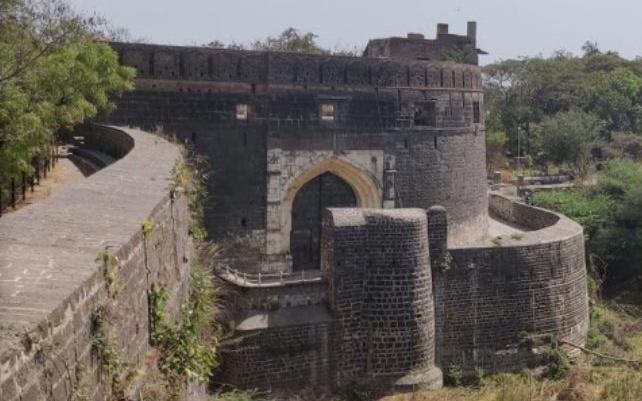
The famous king of Yadav was Ramdeorao and his name is mentioned in the great literacy works of saint of Dnyandeo in this Dnyaneshwari, the contemporary of king. This Hemadri was the minister of this most reputed king. Otherwise strong & brave ; the military unpreparedness of king late to his defeat at the hands of Alladin Khilaji, the commander-in-chief of the Moghal king of Delhi, Jallalnddin Khilaji at Devgiri in 1294. This was the first ever invasion of the Musalman kings in the South across the Vindsya mountains. This victory at the very invasion gave a fillip to the Muslim ambition of establishing Muslim stronghold in the Deccan. After repeated invasions the Adam domination came at end in 1318. Maharashtra the began to be ruled by governors appointed from Delhi and stationed at Deogiri. In 1338 Mohommed Tughlak, the emperor of Delhi made Deogiri his capital and changed its name to Daulatabad or the Abode of Wealth. Later on the Tughlak left Daulatabad and the disorderly noblemen of the Emperor harassed the people looting them and burning their houses and palatial buildings. These cruelties laid to a revolt among the Muslim nobleman & leader of one of factions, An Afgan soldier Alladin Hasan Gangu was successful in overthrowing the power of Delhi emperors and establishing an independent sovereign kingdom named after his Brahmin preceptor Gangu Brahmin at Gulbarga in 1347. The kingdom is known as Bahamani or Brahmin kingdom. This kingdom lasted for 150 years ruled by 13 kings after Hasan Gangu Bahamani. Administration was commendable & the frame setup by Hasan Gangu proved to be great strength. It was followed by the succeeding kings, when at last a great famine fell in 1460. It was repeated in 1472 & 1473. During this time the noble men became rather strong & disobedient. To face this administrative calamity, Mohamed Gawan who was prime minister contemplated to bring about a drastic change in the administration. The noble men were greatly disturbed and influenced king. They leveled various charges against Mohamed Gawan. The king was weak enough to believe the charges and foolish enough to order the minister’s execution, a loss which Bahamani power never recovered. Thus poor Gawan put to death in 1487.
Thereafter the Bahamani kingdom was divided into five independent kingdoms. Ahmednagar was one of them , kown as Nizamshahi. Mohmad Gawan was succeeded in the office of Bahamani minister by Nizam-ul_mulk Bhairi and about the year 1485 Bhir and Ahmednagar were added to his estates. The management of this area was made over to the minister’s son Malik Ahmad, the founder of the Nizamshahi Dynasty of Ahmednagar. First of all Malik Ahmed made his headquarter at Junnar in Poona district.
In 1486 Nizam-ul-mulk was assassinated and Malik Ahmed became the Prime Minister of the Bahamani Kingdom. While Malik Ahmed was away from the king, the king ordered one of his generals Jahangir Khan to march against Malik Khan. While Jehangir Khan did take upon himself this task Malik Khan was almost unprepared and had a little army with him. But with great courage and unusual tactics, he defeated Jehangir Khan and army of Bahamani kingdom on the open grounds east of Ahmednagar on 28th of May 1490. This victory was called the victory of the garden because on that spot Ahmed Nizam built a palace and laid out a garden. From this time onward Ahmed Nizam continued to attack Daulatabad to lay the country waste. His headquarter, Junnar was far off from Daulatabad , so in 1494 he laid the foundation of a city close to the victory gardens (Bagh Nizam) upon the left bank of Sina river and called it after himself, Ahmednagar. In two years the city is said to have rivaled Bagdad & Cairo splendour.
Ahmed Nizam was still not at peace with himself and wanted to take revenge on the Bahamani forces. He was at last successful in 1499 when captured the fort of Daulatabad and stationed his army there. To commemorate this victory Ahmed Nizam raised a wall round the Bagh Nizam( this is the present fort of Ahmednagar) and in it built a palace of red stones. Ahmed Nizam dies in 1508 and was succeeded by his seven year old son Burhan. Ahmed Nizam was indeed a great man , that he could establish an independent kingdom clearly shows his qualities and statesmanship. By his kindness, peaceful demeanour & efficiency, he could win the loyalty of the local and foreign Muslims and also of the Maratha peasants and worriers. Since his origin was Hindu, he found no difficulty in wining over the confidence of Brahmins who were highly regarded by the Hindus. Ahmed Nizam was also a great swordsman, Administrator & general.



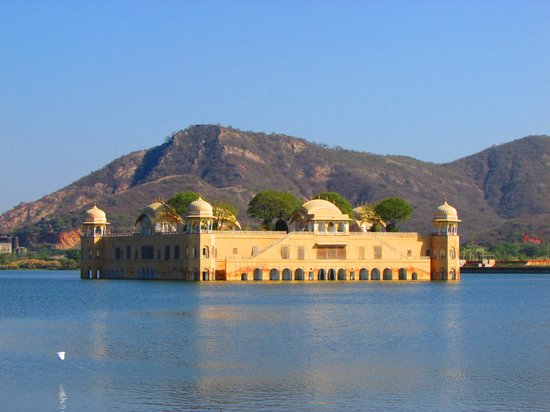
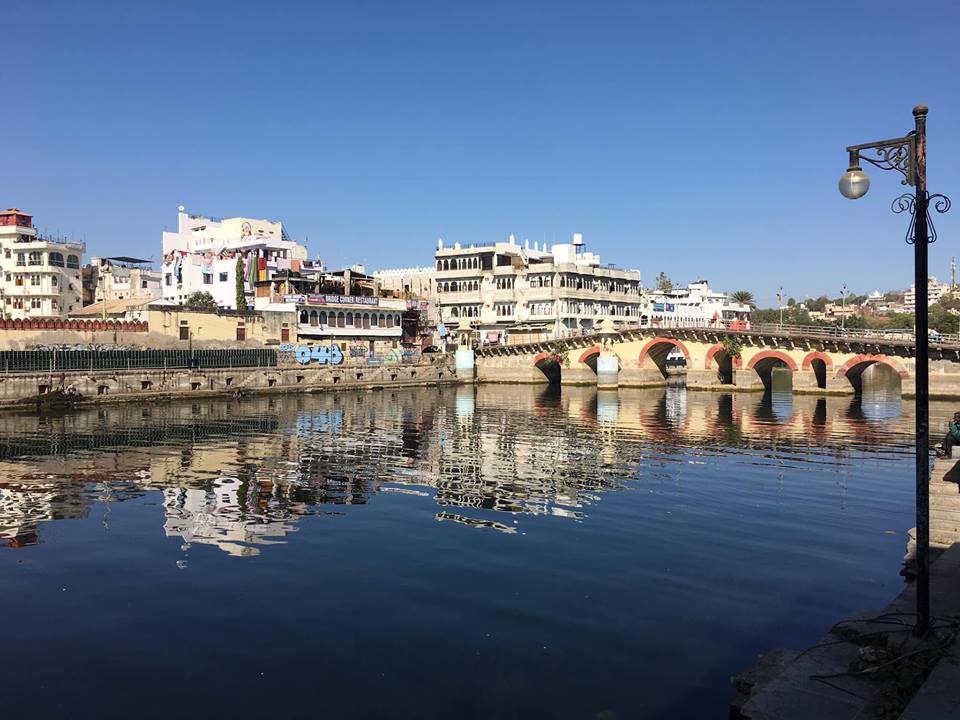
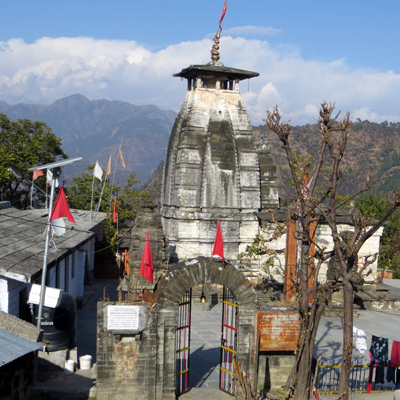

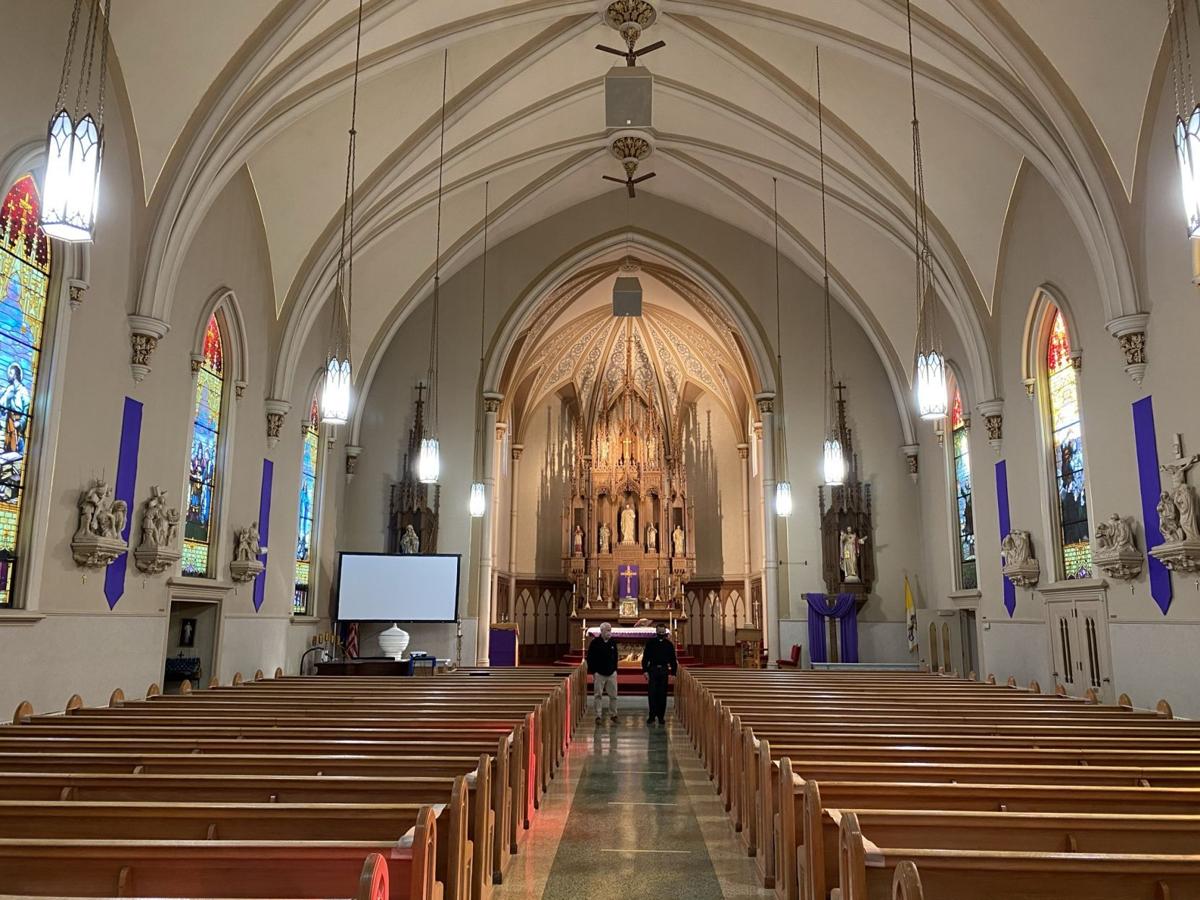

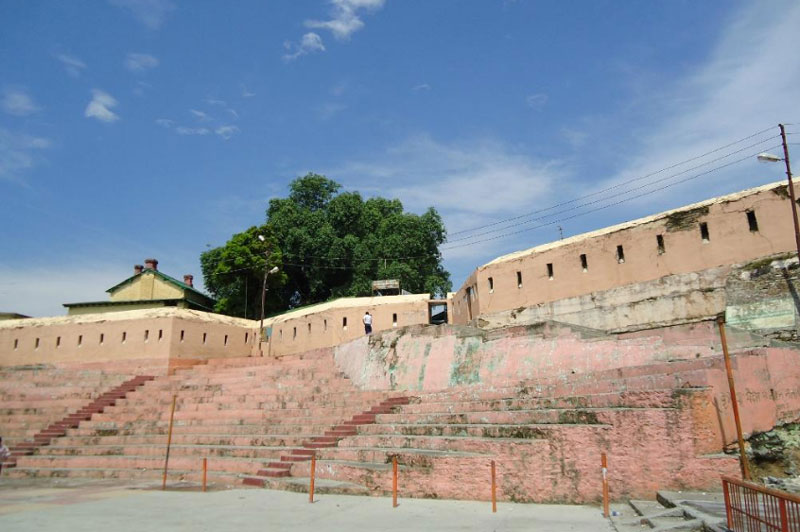



13 Comments
Comments are closed.